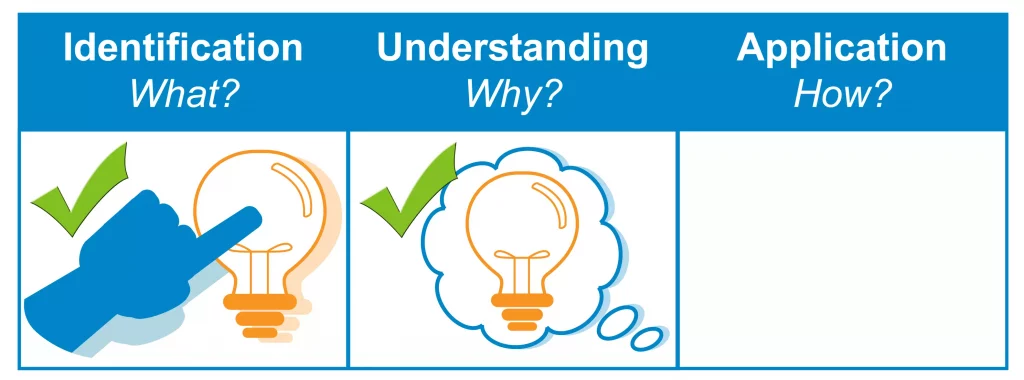Course Description
Bearing Fundamentals introduces learners to the basic components, considerations, and types of bearings used in the industry. In this course, there are multiple ways in which the fundamentals of bearings are presented such as with 3D animations, 3D/2D models, and GIFs. This course contains material which is suitable for those new to bearings and those who have experience in the industry.
Who will benefit from this Bearings course?
Equipment Designers; Equipment Maintenance Professionals; Engineering Students.
Course Classification

*THORS uses the Bloom’s Taxonomy Methodology for our course development.
Certificate Awarded for Bearing Fundamentals

*upon successful completion
Related Posts

The Role of Virtual Reality in Technical Training
In the rapidly evolving landscape of technology and industry, virtual reality (VR) in technical training is leading a revolutionary transformation in how professionals are trained.

Bearings Make Machines Possible
You’ve probably used a ballpoint pen to write, a hard drive to store data, a skateboard to zoom around, and, of course, an electric motor

How THORS Courses Helped a Mechatronics Student in Germany
Sasshank is an international student attending University in Germany where he studies mechatronics engineering. He was born in Tamil Nadu, where he attended various schools


